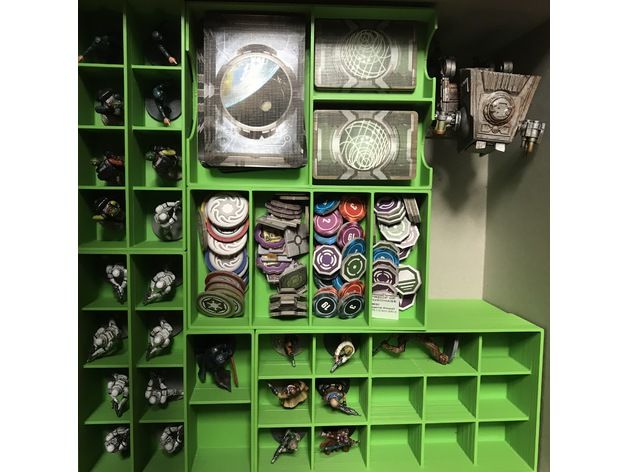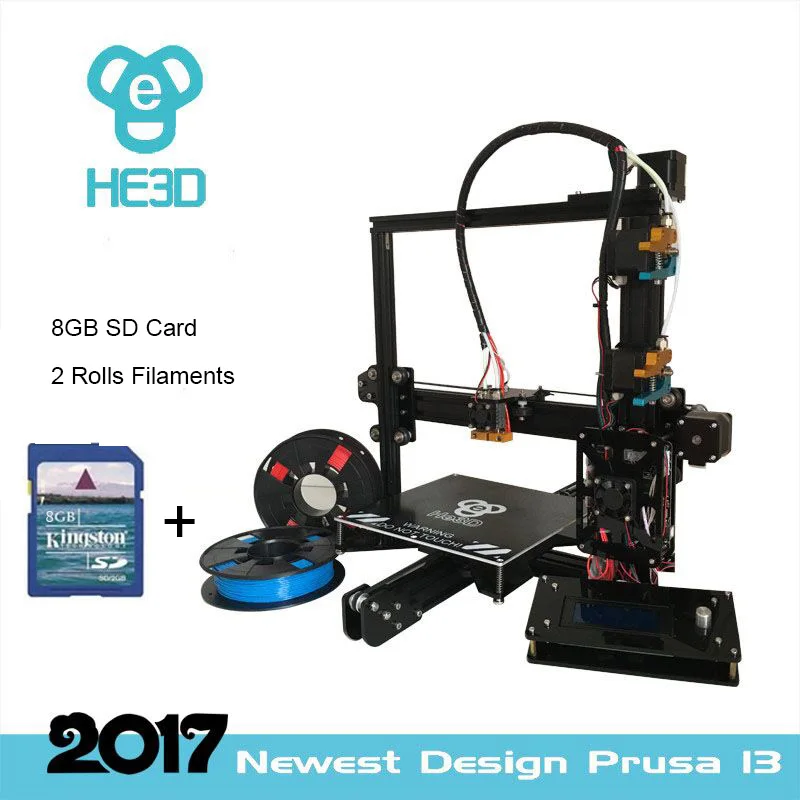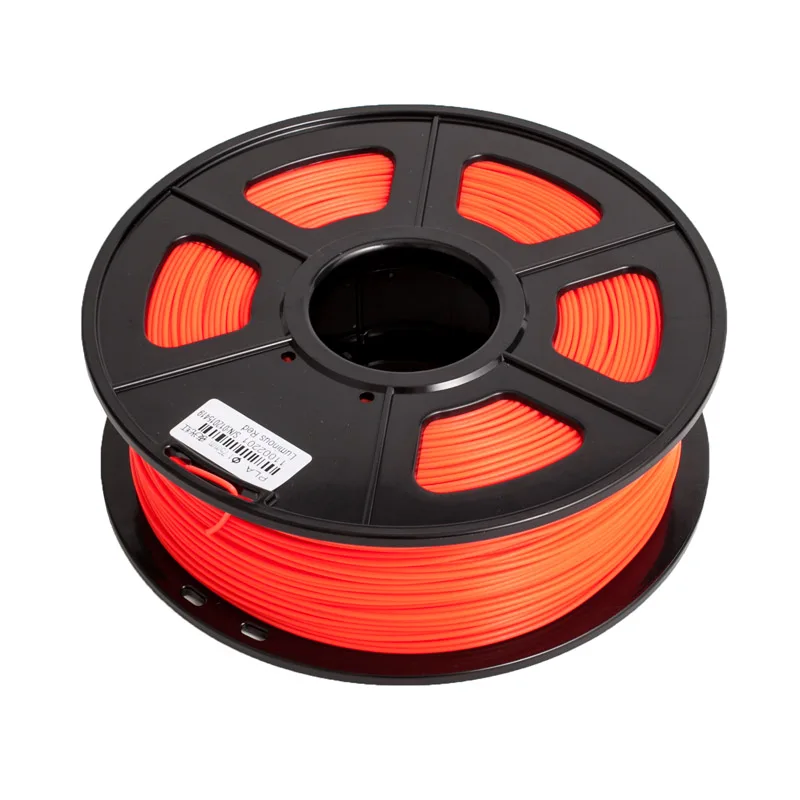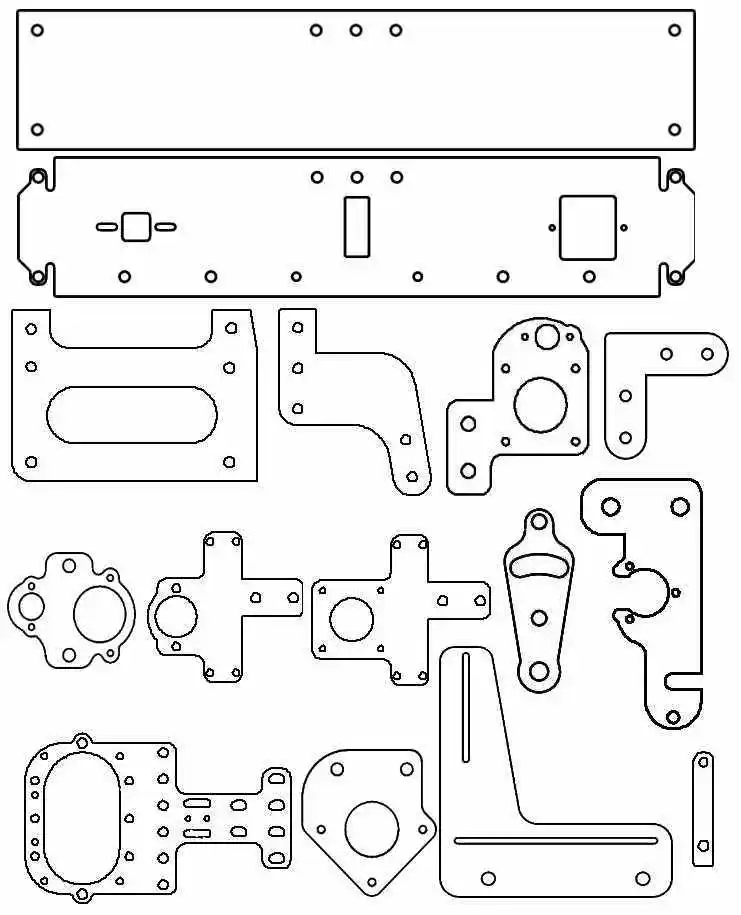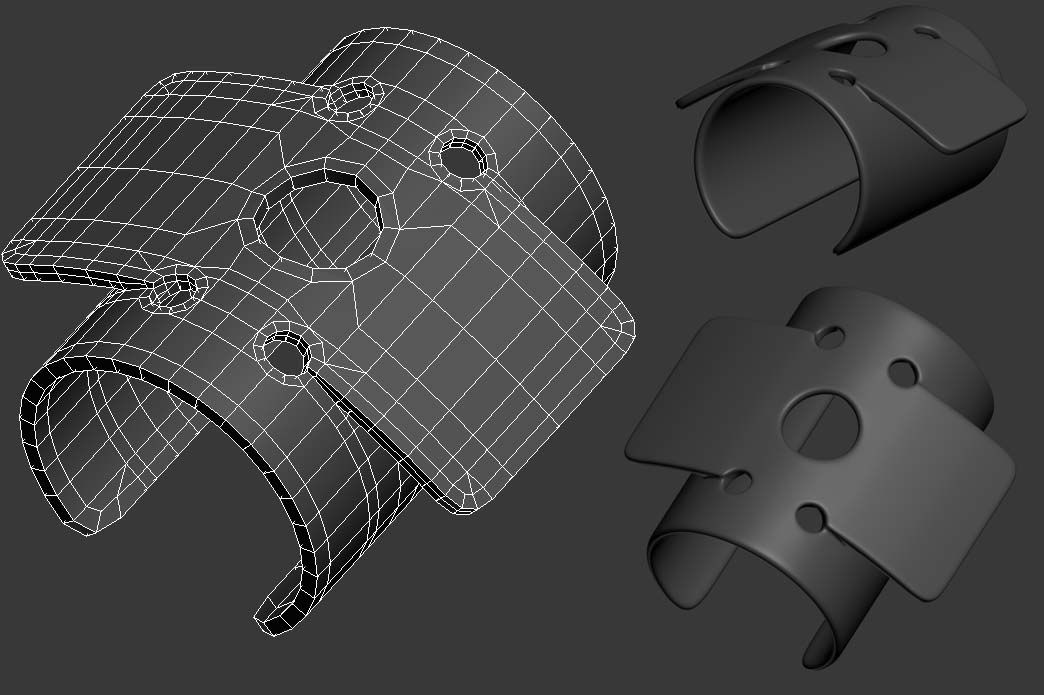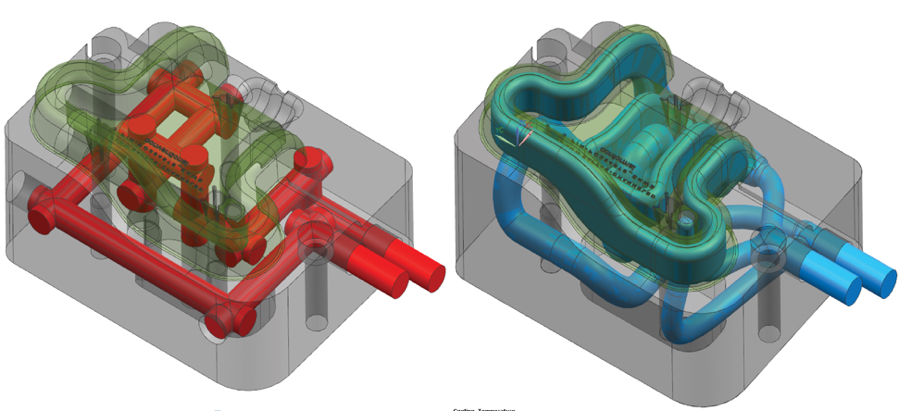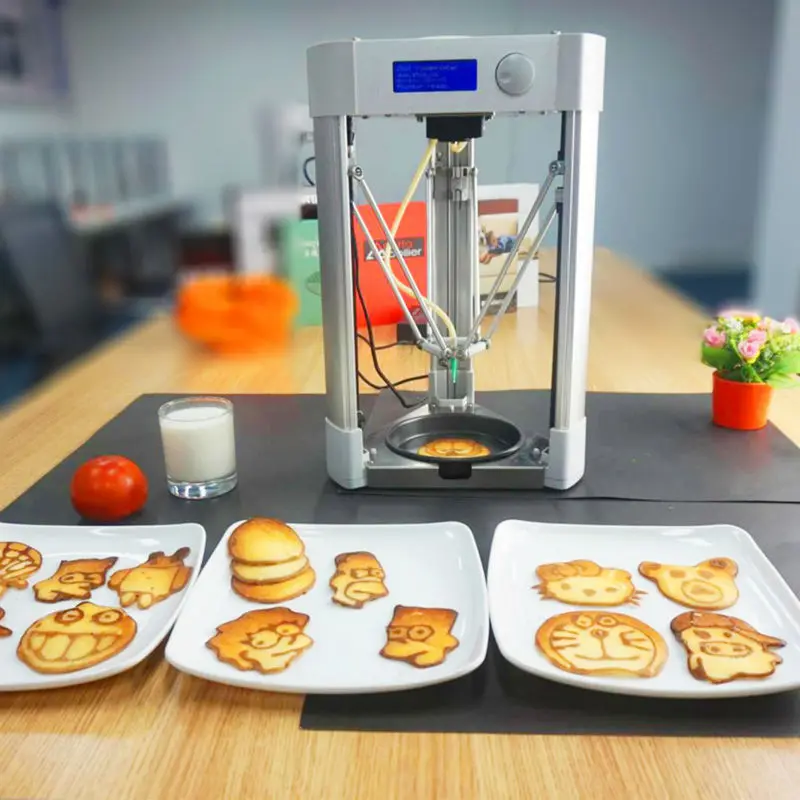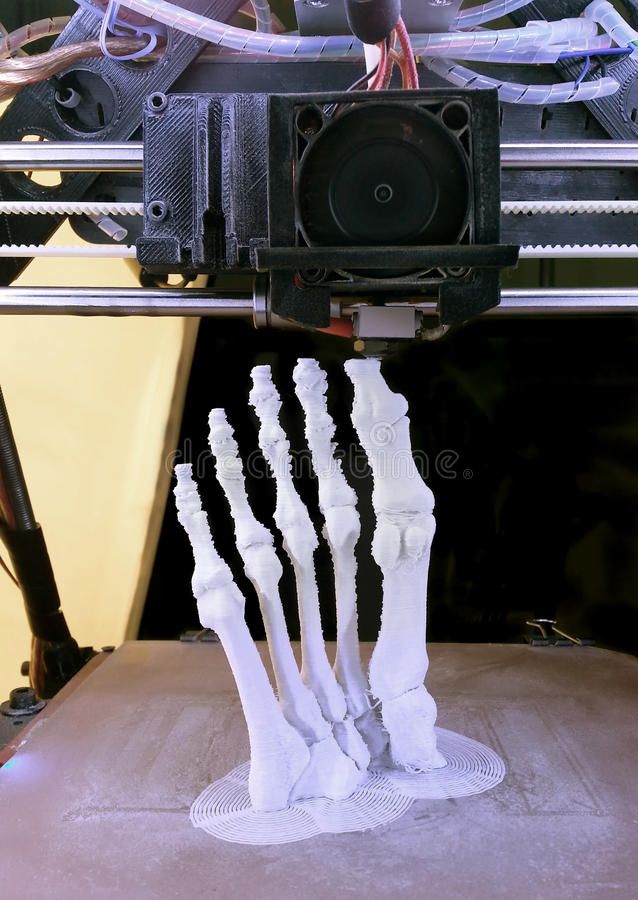Aluminum 3d printer cost
How Much Does a Metal 3D Printer Cost?
Cost Driver #1: Material Cost
One of the most important metal 3D printer costs is that of the raw materials. Metals for 3D printing are often far more expensive than other forms of the same metal. This is due to special processing and purity requirements. In addition to the raw material itself, some metal 3D printers require inert gas which can add a surprising amount to the overall annual cost. There are 3 main groups of metal 3D printed raw materials as listed below.
- Powder
One of the biggest disadvantages of powder-based metal 3D printing (typically laser-based printers) is the cost of the raw material. In most cases, the process to turn metal into powder is expensive and energy-intensive. In addition to this, the powder needs to be highly pure which only adds to the overall cost. Metal powder can cost anywhere from $79/kg for 17-4PH steel to $738/kg for advanced titanium alloys like Nitinol.
- Metal Wire
3D printing technologies like DED (Directed Energy Deposition) have much lower material costs because their raw material comes in wire form. Metal wire is much cheaper to produce than powder. Essentially, the costs are comparable to spooled welding wire. However, it must be noted that DED printers do not produce good finishes and often need additional machining after printing is complete.
- Polymer Bound Metal
3D printers like the Desktop Metal Studio 2 and Markforged’s Metal X make use of a polymer-metal powder matrix that is supplied in spools. This process uses the same powder as MIM (Metal Injection Molding) processes and the quality and particle size tolerance is more lenient than is the case for laser-based systems. That all gives this technology the cheapest raw material cost. Desktop Metal claims the material cost per kg is 80% cheaper than normal laser-based powder printers.
Slide 1 of 1
A metal 3D printer at work
Cost Driver #2: Design Software
Most metal 3D printing suppliers will provide software to prepare the part for printing. However, full-featured CAD software that can be used to design complex parts must be purchased at an additional cost. For instance, only specially designed software can properly simulate how loads will affect the performance of a complex, latticed 3D printed component. Normal analysis software cannot accurately simulate these special cases. The software also requires skilled operators who know how to use it effectively. These programs often operate on a subscription basis that may cost thousands of dollars per year to maintain for multiple users.
For instance, only specially designed software can properly simulate how loads will affect the performance of a complex, latticed 3D printed component. Normal analysis software cannot accurately simulate these special cases. The software also requires skilled operators who know how to use it effectively. These programs often operate on a subscription basis that may cost thousands of dollars per year to maintain for multiple users.
Cost Driver #3: Machine Cost
The metal 3D printer cost depends on a few factors. Each technology is best suited for certain applications, a fact which is evident in the varying machine costs. In general, metal 3D printers can be sourced for as little as a hundred thousand dollars but can also cost over a million dollars. Cheaper machines are best suited to low production volumes and don’t always produce optimally dense parts whereas higher-end machines can manufacture dense parts 24/7 with very little downtime. It must, however, be noted that the costs of advanced industrial-scale printers cannot be accurately determined due to factors such as shipping, geographic location, custom machine options, etc. Some common metal 3D printer costs are listed in the table below.
Some common metal 3D printer costs are listed in the table below.
| Name | Technology | Cost |
|---|---|---|
Name Markforged - Metal X | Technology ADAM (Atomic Diffusion Additive Manufacturing) | Cost $99,500 |
Name Desktop Metal - Studio 2 | Technology Polymer/Metal Extrusion | Cost $110,000 |
Name Trumpf - TruPrint 1000 | Technology LMF (Laser Metal Fusion) | Cost $170,000 |
Name 3D Systems - DMP Flex 100 | Technology | Cost $245,000 |
Name Arcam - Spectra H | Technology EBM (Electron Beam Melting) | Cost $100,000 - $250,000 |
Name EOS - M 100 | Technology DMLS (Direct Metal Laser Sintering) | Cost $350,000 |
Name EP - M650 | Technology DMLS (Direct Metal Laser Sintering) | Cost $1,000,000 |
Name Desktop Metal - Production | Technology Single Pass Jetting | Cost $1,250,000 |
Name Lasertec - 6600 3D | Technology DED (Directed Energy Deposition) | Cost $3,000,000 |
Cost Driver #4: Post-Processing Cost
Metal 3D printing often requires varying degrees of post-processing. In some cases, the part needs to be sintered in a furnace, and in other cases, post-machining or polishing will be needed. All of these post-processes add to the overall metal 3D printer cost and need to be considered when choosing a metal 3D printer. Some typical post-processes are listed below.
In some cases, the part needs to be sintered in a furnace, and in other cases, post-machining or polishing will be needed. All of these post-processes add to the overall metal 3D printer cost and need to be considered when choosing a metal 3D printer. Some typical post-processes are listed below.
FREE Binder Jetting Metal 3D Printing Design Guide
- Machine and Part Cleaning: In the case of powder-based printers, the unused powder must be collected and sifted before it can be reused. In addition to this, the part may need post-processing, especially if it has support structures to remove.
- Machining & Polishing: In some cases, accurate features that 3D printers can’t achieve must be machined into the part using subtractive techniques. And even if that’s not the case, metal 3D printed parts do not come off the machine with polished surfaces. If the part needs polishing, that will have to happen after the part is printed, thus adding to the overall metal 3D printer cost.

- Heat Treatment or Sintering: Some metal 3D printing processes generate internal stresses within the part. This happens when the heat of a laser or electron beam creates uneven cooling. These stresses can be removed through stress-relieving heat treatment processes. Other printing technologies involve polymer binders that must be burnt out of the part in a sintering furnace. These are energy-intensive processes and add to the metal 3D printer cost.
Which Metal 3D Printer Do I Need?
It can be difficult to decide which metal printer is ideal because the total metal 3D printer cost of ownership is hard to calculate. In addition to this, the cost of the part can in some cases be more expensive when compared to metal injection molding or CNC machining. In most cases, it may be easier to outsource the manufacture of these parts — at least in the beginning stages — to get an idea of their production cost. Another method is to use Xometry’s instant quoting feature and metal 3D printing service to get your parts printed on-demand.
Team Xometry
This article was written by various Xometry contributors. Xometry is a leading resource on manufacturing with CNC machining, sheet metal fabrication, 3D printing, injection molding, urethane casting, and more.
Iro3d lowers the cost of 3D metal printing with a $ 5,000 machine
Published on November 27, 2018 by Michelle J.
The US start-up iro3d has begun shipping its first low-cost 3D metal printers, machines now available starting at $ 5000. This is a relatively low price in the metal additive manufacturing market when compared to solutions developed by 3D Systems or EOS. Even newcomers like Desktop Metal and Markforged who want to lower the cost of the technology offer machines that are closer to 100 000 €. But what can we expect from this small iro3d metal 3D printer?
Earlier this year, the manufacturer iro3d presented its first version of its eponymous metal machine. A few months later, they had it tested by a few American dealers. The iro3d has now been delivered to a few companies in the United States. They are further intending to continue their momentum in Asia and Canada. It must also be said that its selling price is very attractive and the results displayed in terms of technical specificities are interesting.
The iro3d has now been delivered to a few companies in the United States. They are further intending to continue their momentum in Asia and Canada. It must also be said that its selling price is very attractive and the results displayed in terms of technical specificities are interesting.
iro3d; a 3D metal printer accessible to all
Like the new Pollen AM 3D metal printer, the iro3d is inspired by an indirect metal fabrication process called MIM for metal injection molding. It uses selective powder deposition technology and sand as support material. Instead of printing a finished metal part in 3D, the machine creates a sand crucible that contains the metal powder. After a sintering step, the crucible is removed to leave room for the desired metal part. Depending on the metal used, the temperature and the duration of the sintering vary. The manufacturer explains that for copper-iron, it takes 2 hours at 1184 ° C.
For now, iro3d is compatible with high carbon steel, copper alloys and nickel. However, the printing system would not yet be optimized to produce parts with aluminum, stainless steel, or titanium. Which are still widely used metals in the industry.
However, the printing system would not yet be optimized to produce parts with aluminum, stainless steel, or titanium. Which are still widely used metals in the industry.
On the technical specifications side, the iro3d printer offers a print volume of 300 x 300 x 100 mm and a minimum layer thickness of 0.3 mm. For the printing time, the manufacturer has established an average of 24 hours. A duration that will obviously depend on the size of the desired part. Iro3d also specifies that the machine avoids any shrinkage compared to other solutions that rely on plastic pellets loaded with metal. Note, however, that creating in a stainless steel crucible causes a 2% distortion of the workpiece due to the horizontal thermal expansion of the crucible. On the other hand, the manufacturer explains that with a ceramic crucible, this deformation was null.
We must count to pay $ 5,000 for this 3D metal printer excluding shipping costs. Add $ 5 for 500 grams of print media. You can find more information on the manufacturer’s website HERE.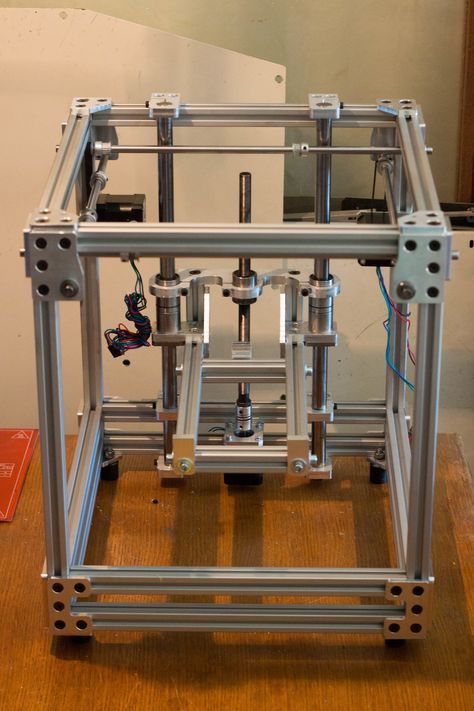
What do you think of the iro3D metal solution? Let us know what you think in a comment below or on our Facebook and Twitter pages! Don’t forget to sign up for our free weekly Newsletter, with all the latest news in 3D printing delivered straight to your inbox!
High-precision aluminum 3D printing at Sprint 3D!
aluminum 3D printing is a relatively new technology in the production of high strength metal products. Using aluminum alloys, you can create almost any product - from home decor and souvenirs to parts of industrial equipment or even aircraft.
SPRINT3D is already using 3D printing technology with aluminum for its customers. We use the latest equipment - Renishaw AM400 (SLM) aluminum 3D printer that allows you to grow products of almost any complexity based on metal powders.
We invite you to learn more about aluminum 3D printing, features and benefits.
3D printing with aluminum in Sprint 3D
3D printing on our own industrial 3D printers
005
High-quality materials-ALSI10MG, ALSO11CU, RS-507
Shipment the next day
Delivery throughout Russia and CIS countries
Why three-dimensional seal is a new step in production
The first and The main thing is the materials used. Not just powdered aluminum is used. The material itself is quite malleable. But when nanoparticles are mixed with raw materials, crystallization occurs, which greatly increases the strength of finished products and prevents the formation of cracks during their hardening.
For the first time, the technology has been successfully applied in the aerospace industry. It was practically inaccessible to the general public. Commercial/Industrial
Aluminum 3D Printer is a new phenomenon. But even today it solves the most difficult tasks:
- Allows small-scale production of metal products.
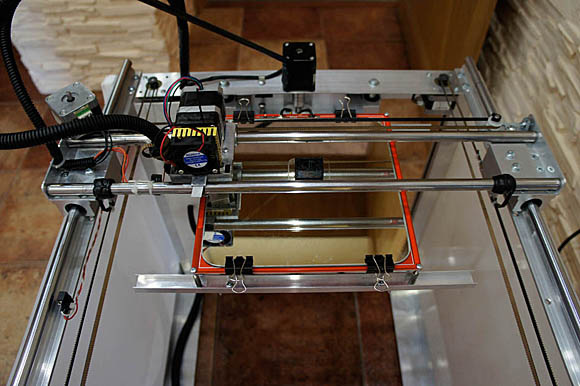 The main advantage is high geometric accuracy, which was previously unavailable.
The main advantage is high geometric accuracy, which was previously unavailable. - Suitable for low volume production and prototype printing. For example, to check the ergonomics of the product and carry out the necessary checks.
- This is the best choice for tool making. Complexity, dimensions, geometry - everything is individual.
We use the most suitable production material, aluminum alloy AlSi10Mg-0403. It contains aluminum alloyed with silicon (no more than 10%), magnesium, and other components in small quantities. Thanks to silicon, the alloy becomes much stronger than pure aluminum. In addition, an oxide layer is formed on the surface of the printed products, which has increased corrosion resistance. It can even be enhanced using chemical anodizing technology.
4 key benefits of
3D printing with aluminumThere are many more benefits, but we will focus on the main ones:
- Increased flexibility in design and production.
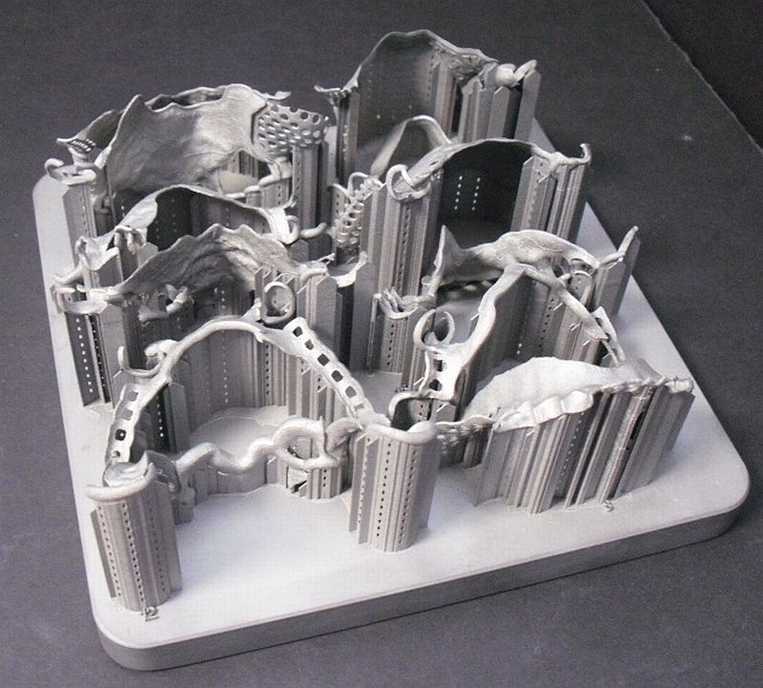 For example, the technology allows the creation of complex internal channels, mesh structures and bionic elements. Previously, this required the serious work of specialists and the introduction of expensive technologies into production.
For example, the technology allows the creation of complex internal channels, mesh structures and bionic elements. Previously, this required the serious work of specialists and the introduction of expensive technologies into production. - Short design and production times. 3D printing with aluminum is much easier and faster than creating similar products using other methods. First of all, due to the maximum automation of the process.
- Reduced finished product weight. Similar blanks made using other technologies weigh more. This puts some restrictions in terms of operation and their implementation in various units, tools and mechanisms.
- Reduced financial costs in production. With the same budget and volume of material, it is possible to produce a numerically large batch of products and, in general, reduce costs by at least a few percent.
Existing mathematical models that have been used for 3D printing on other equipment can be quickly and inexpensively optimized for 3D printing with aluminum on new equipment.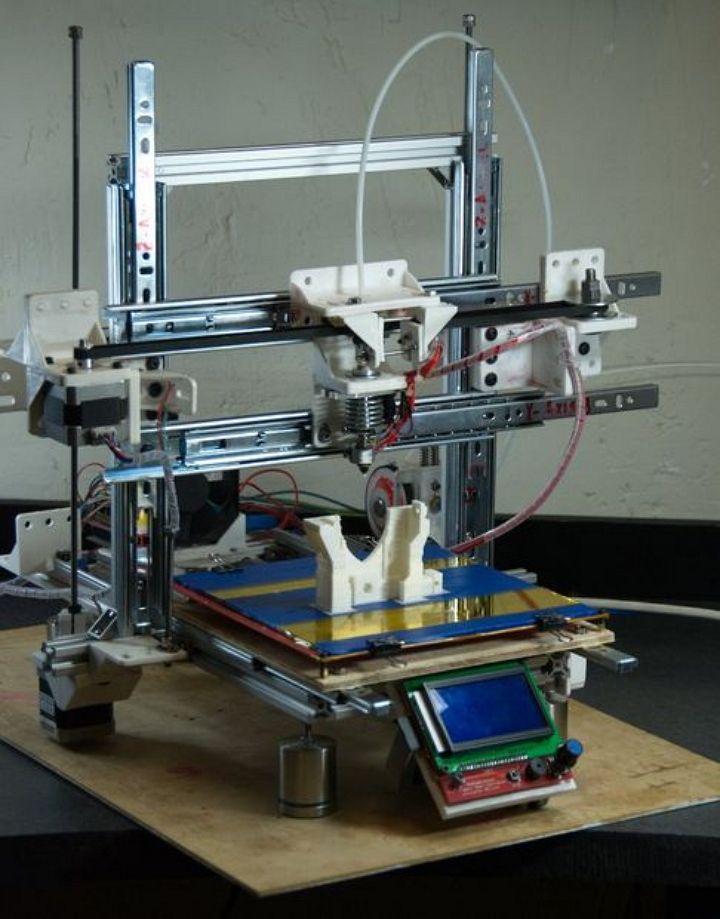 At all stages of production, product control is ensured. For this we use computed tomography. This allows you to eliminate even the slightest defects.
At all stages of production, product control is ensured. For this we use computed tomography. This allows you to eliminate even the slightest defects.
Our
AM400AM400 aluminum 3D printer is a versatile printer that can work not only with the mentioned AlSi10Mg-0403, but also with other metal powders. But we use it mainly in conjunction with aluminum powder materials. One of the key advantages of this printer is the ability to quickly change the printing system between different types of metal. This reduces production time and allows different materials to be processed on the same machine.
Main parameters of the model:
- Working area: 28 cm × 28 cm x 34 cm.
- The level of argon use is at least 60% lower than in analogues.
The printer is already widely used in the aerospace industry. The reason is the ability to reduce the weight of the product, while maintaining all its parameters and strength indicators.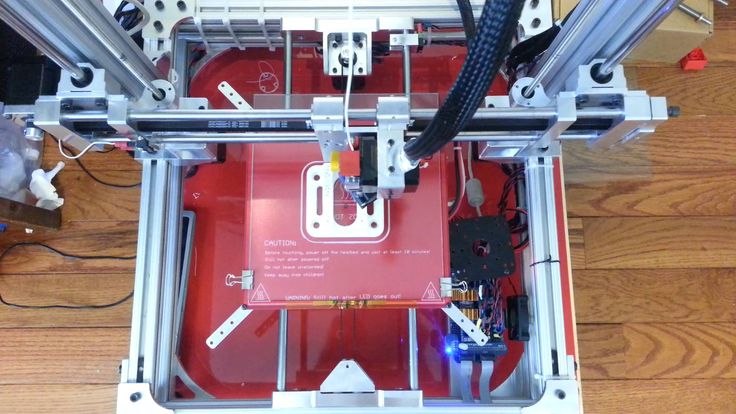 The AM400 allows you to create particularly complex parts. For example, with complex internal cooling circuits. Previously, this was not possible due to the use of outdated metal casting methods. They did not allow creating models of high complexity.
The AM400 allows you to create particularly complex parts. For example, with complex internal cooling circuits. Previously, this was not possible due to the use of outdated metal casting methods. They did not allow creating models of high complexity.
The AM400 aluminum 3D printer is ideal for small batch production. But if necessary, it can also be used for mass production.
Selective Laser Melting Technology and Features
The AM400 supports the SLM laser melting technique. This is one of the newest destinations used in the most demanding segments:
- engineering sector;
- space/aerospace;
- production of spare parts and structural products.
3D printing with aluminum paired with SLM technology allows you to create functional metal products with increased construction accuracy. For example, you can implement complex systems of channels within the product for cooling.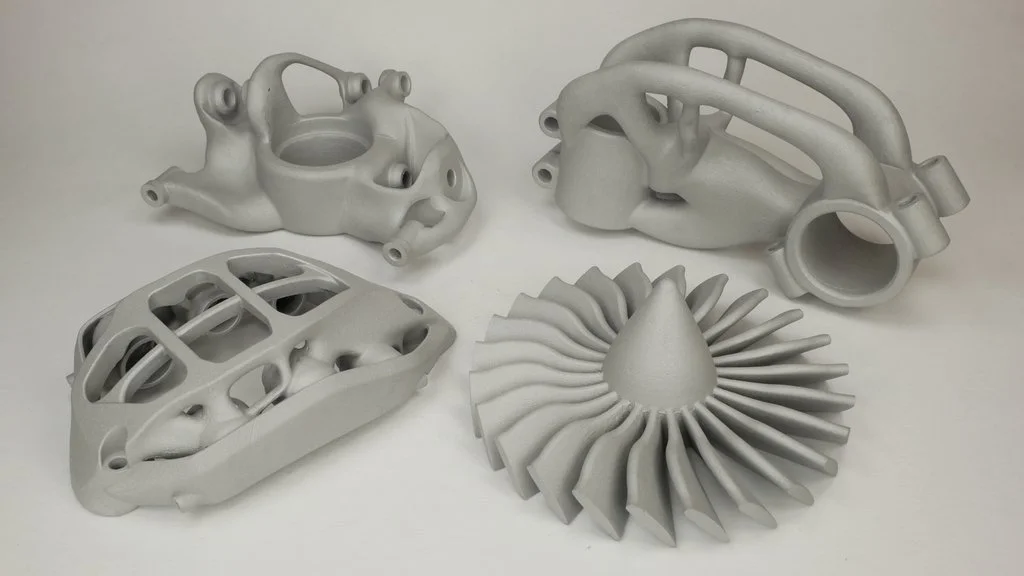
Key features of the SLM:
- The vacuum technology used saves 60 to 80% argon.
- Preparation of equipment for production - no more than 15 minutes.
- Focal spot - 70 microns. This gives an improved quality of model building in this class.
- The powders used are practically not in contact with the atmosphere.
- For R&D powders, the built-in small chamber can be used.
- Renishaw branded encoders provide increased durability.
And this is only a small part of all the benefits.
Our offer
SPRINT3D prints metal parts, engine components, components of complex metal structures. We also carry out 3D printing with aluminum for the medical industry.
Contact our manager to discuss production possibilities, terms and main parameters of future products. We will provide convenient conditions, a comfortable price and standardized quality of 3D printing of all products. If necessary, we will offer alternative production options.
If necessary, we will offer alternative production options.
You can get advice, discuss the order and find out the price of production on the website through a special form or by phone number 8 (495) 740-51-70.
You may be interested in
Our company offers 3D aluminum printing using Selective Laser Melting technology. SLM technology allows you to create structural parts that are close in parameters to casting. Complex shapes are possible with internal structures that cannot be replicated by casting or milling.
We have a Concept Laser M2 Cusing machine for printing with AlSi10Mg powder alloy. This is a 3D printer for layer-by-layer printing with powder metals and alloys in a nitrogen or argon environment.
During the printing process, a thin layer of aluminum powder is applied to the platform, where it is fused by a laser along the outlines of the future part.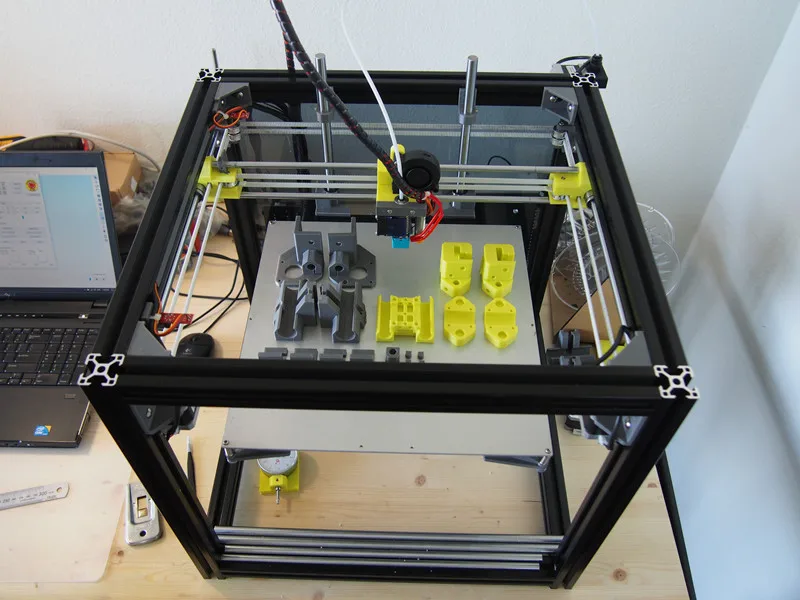 The platform then lowers slightly and the process repeats. As a result, we get a strong anisotropic part, as close as possible in terms of characteristics to casting.
The platform then lowers slightly and the process repeats. As a result, we get a strong anisotropic part, as close as possible in terms of characteristics to casting.
Aluminum printing examples
Aluminum 3D printing prices
| Technology | Equipment | Region | Layer, µm | Accuracy, mm | Materials | Price (r/cm3) |
|---|---|---|---|---|---|---|
| SLM | Concept Laser M2 | 250x250x280 | 20-80 | +-0.05 | 12X18H10T (stainless steel) 03Х17Н12М2 AlSi10Mg (aluminum) | 500r/cm3 500r/cm3 400r/cm3 |
| Manual post-processing | Cleaning of supporting material, grinding and polishing of the surface, painting work | 1500 rub/man-hour | ||||
| 3D modeling | Create 3D models from drawings or templates | 2500 rub/man-hour | ||||
SLM and DMLS aluminum printing technologies are used in completely different areas: from the creation of new parts for the aerospace industry, to the printing of broken parts for cars and other equipment. Unlike traditional manufacturing methods such as milling and casting, the selective layer-by-layer fusion process has much fewer restrictions on shapes, negative angles, cavities, and so on.
Unlike traditional manufacturing methods such as milling and casting, the selective layer-by-layer fusion process has much fewer restrictions on shapes, negative angles, cavities, and so on.
Why is powder metal printing so good? First of all - small-scale. For one medium or small part made of aluminum, casters and millers may simply not take it - the preparatory procedures are very expensive. Making molds for casting, as well as preparing and debugging a CNC program, require time and money. And one detail will be easily printed for you.
For 3D printing with aluminum, we use AlSi10Mg powder alloy - its composition is aluminum, about 10 percent silicon and magnesium. Lightweight and strong, this alloy is great for rapid prototyping and making new parts.
SLM printing with Al powder is widely used in the aerospace industry. Lightweight and durable parts with the ability to create internal cavities and cooling channels are indispensable for modern aircraft manufacturing.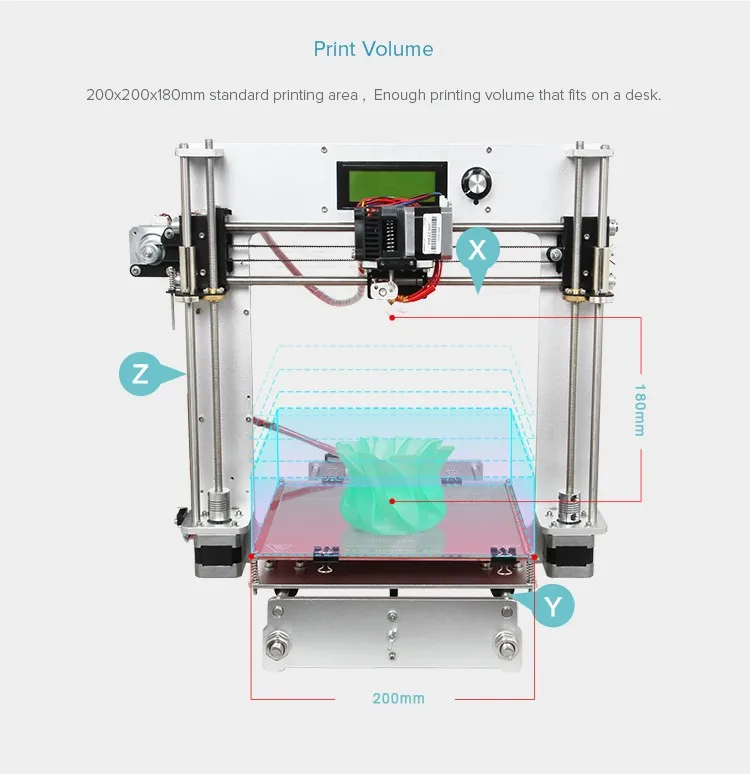 Also, this technology began to be used to create custom cooling radiators in electronics.
Also, this technology began to be used to create custom cooling radiators in electronics.
How is aluminum printed on a 3D printer? First, a thin first layer of powder is applied, with a thickness of 25-100 microns. Then the laser beam goes around the desired areas, fusing the powder to the metal. Then a layer of powder is applied again and the process is repeated. Of course, a lot of experience of the staff is necessary, the specialist must correctly locate the part and support in the specialized software. 3D printing parameters may also differ for different alloys and different powders with different grain sizes. And finally, post-processing in the form of tumbling or grinding may be required.
Why order from us? Our company has its own production, with its own 3D printers, including those for metal. This allows us to quickly fulfill your orders and keep prices low. Our employees have extensive experience in the field of additive technologies, which allows us to perform prototyping work as efficiently as possible.
Advantages of 3D printing with aluminum
The main advantages of powder printing with aluminum alloys.
Speed
Printing an aluminum (silumin) part is much faster than making it with traditional metal casting and CNC milling. When printing, you do not need to create a form for a future part or create and debug an NC program. It is this advantage that will allow you to quickly produce a prototype, create the necessary part to replace the broken one, and quickly prepare a new device for an exhibition or certification tests.
Weight
SLM technology produces a part with reduced weight and the same characteristics, which is important for use in the aerospace industry.
Form
The combination of additive aluminum 3d printing technology and modern design systems to create bionic (generative) designs allows you to create complex and lightweight parts. Previously inaccessible shapes became available - for example, parts with a honeycomb structure, complex contours and complex internal channels.-kupit-v-soin-store.ru-3.png)


